In the 1950s and early 1960s, the most popular movies were Westerns and films about war, drama, romance, and crime. As the 1960s progressed, new genres became popular, like Spaghetti Westerns and Sci-Fi. The mid-1960s saw the New Hollywood era emerge, where young filmmakers started challenging the norms of filmmaking and exploring new and exciting cinematic possibilities.
Many exceptional movies that are now considered classics came out of this era, such as “The Godfather,” “Midnight Cowboy,” “Bonnie and Clyde,” and “The Graduate.” There were so many great movies to come out of the 60’s, that you might have overlooked one or two. (Also See 25 Best Westerns of the 21st Century Here.)
Directorial styles have a significant impact on the cinematic experience and some of the great directors of all time are included on this list. You might even recognize how some of today’s directors have been influenced by the directors from the ’60s.
To compile a list of the overlooked movie classics of the ‘60s, 24/7 Tempo consulted numerous sources, including IMDb.
Here are overlooked movie classics from the ’60s:
”Two Women” (1960)
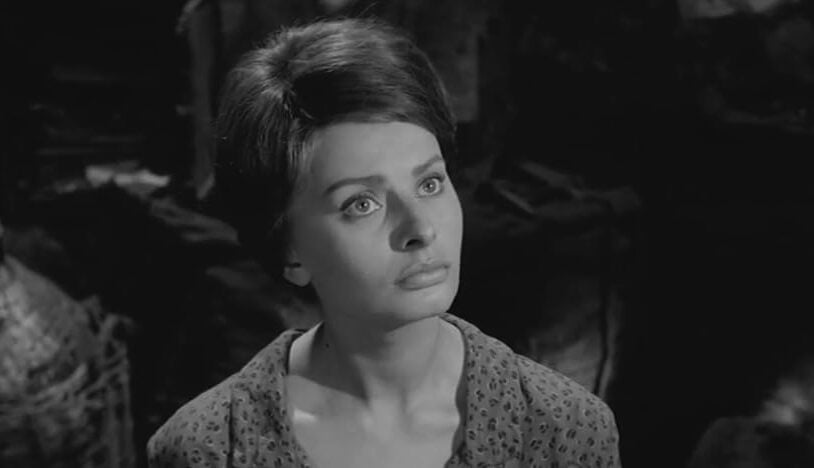
Sophia Loren in Two Women (1960)
- Starring: Sophia Loren, Jean-Paul Belmondo, Raf Vallone
- Directed by: Vittorio De Sica
Set during WWII, Sophia Loren stars as Cesira, a mother determined to protect her young daughter, Rosetta, from the horrors of war. As she flees to her birthplace trying to find safety, they later return to Rome only to deal with devastation left in the war’s aftermath.
“Mirage” (1965)
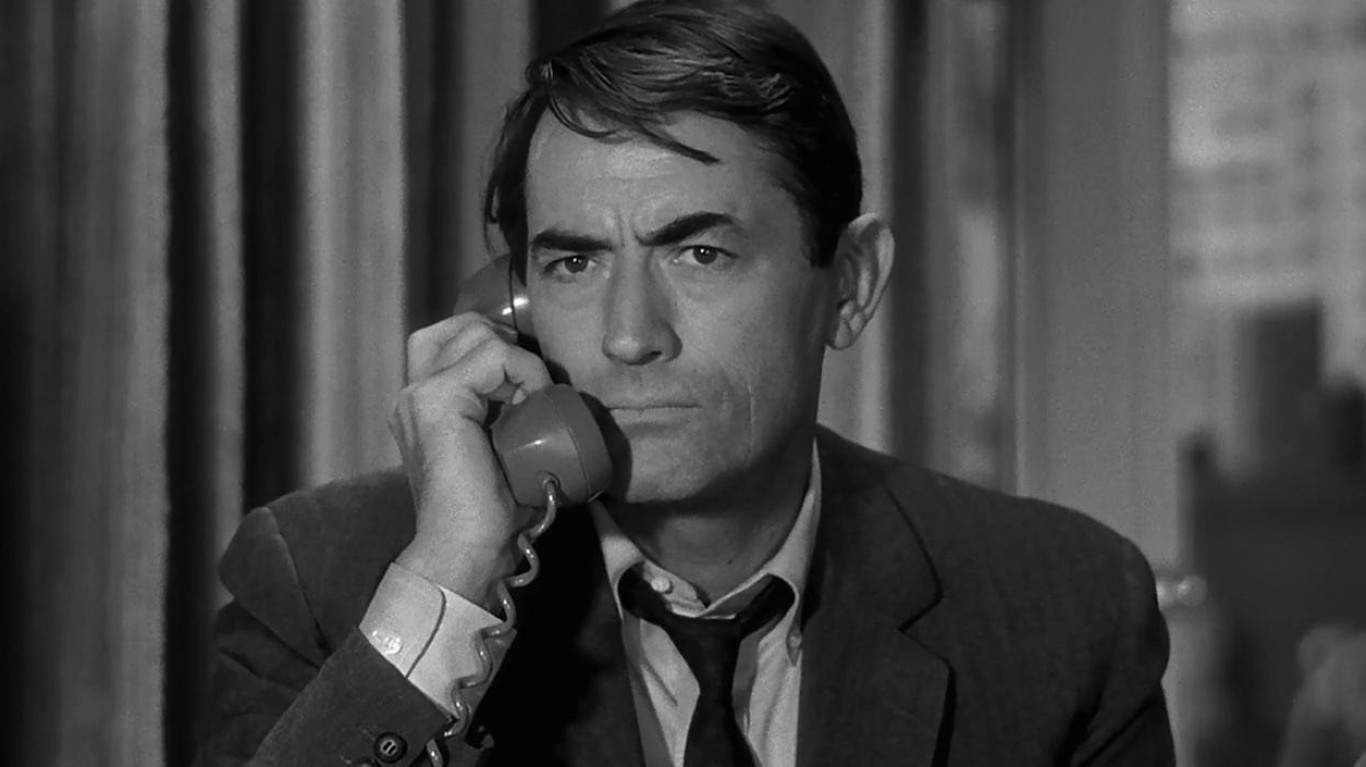
- Starring: Gregory Peck, Diane Baker, Kevin McCarthy
- Directed by: Edward Dmytryk
Gregory Peck plays the role of David Stillwell, an accountant who suddenly develops amnesia, which erases the last two years of his life. To complicate matters further, a man fell from the top of the building where Stillwell was, yet he remembers nothing about the incident. Now, he must try and find out the truth behind his amnesia and the mysterious fall.
“The Best Man” (1964)

- Starring: Henry Fonda, Cliff Robertson, Margaret Leighton
- Directed by: Franklin J. Schaffner
“The Best Man” is about a heated race for the Presidency between Wiliam Russell and Joe Cantwell. One candidate is willing to do whatever it takes to win, while the other stands by his principles. The film poses the question: Is playing dirty the only way to succeed?
“Lawrence of Arabia” (1962)
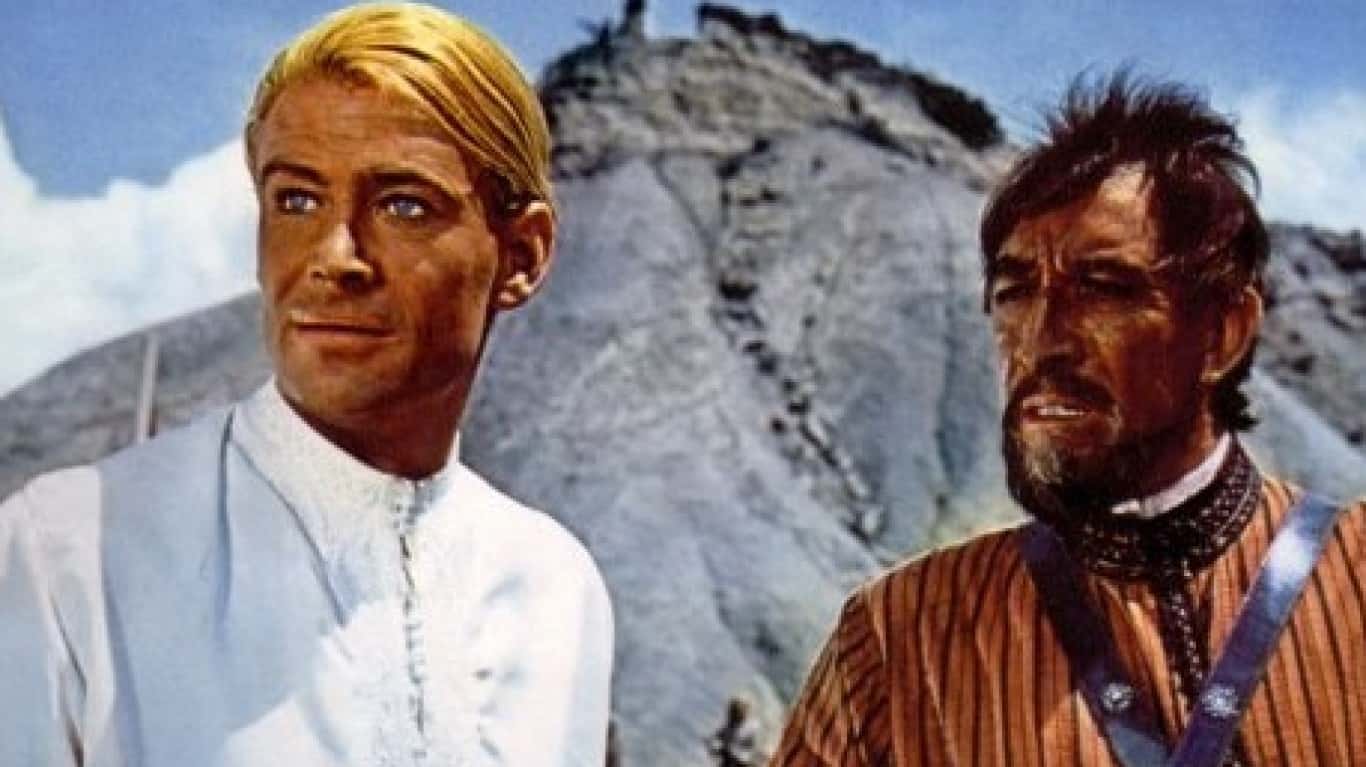
- Starring: Peter O’Toole, Alec Guinness, Anthony Quinn
- Directed by: David Lean
Based loosely on T.E. Lawrence, this movie stars Peter O’Toole as Lawrence. The film begins with Lawrence’s death and then flashes back over his life. Commanded to find Prince Faisal in Arabia and serving as a liaison, Lawrence defies orders and goes in a different direction.
“Bonnie and Clyde” (1967)
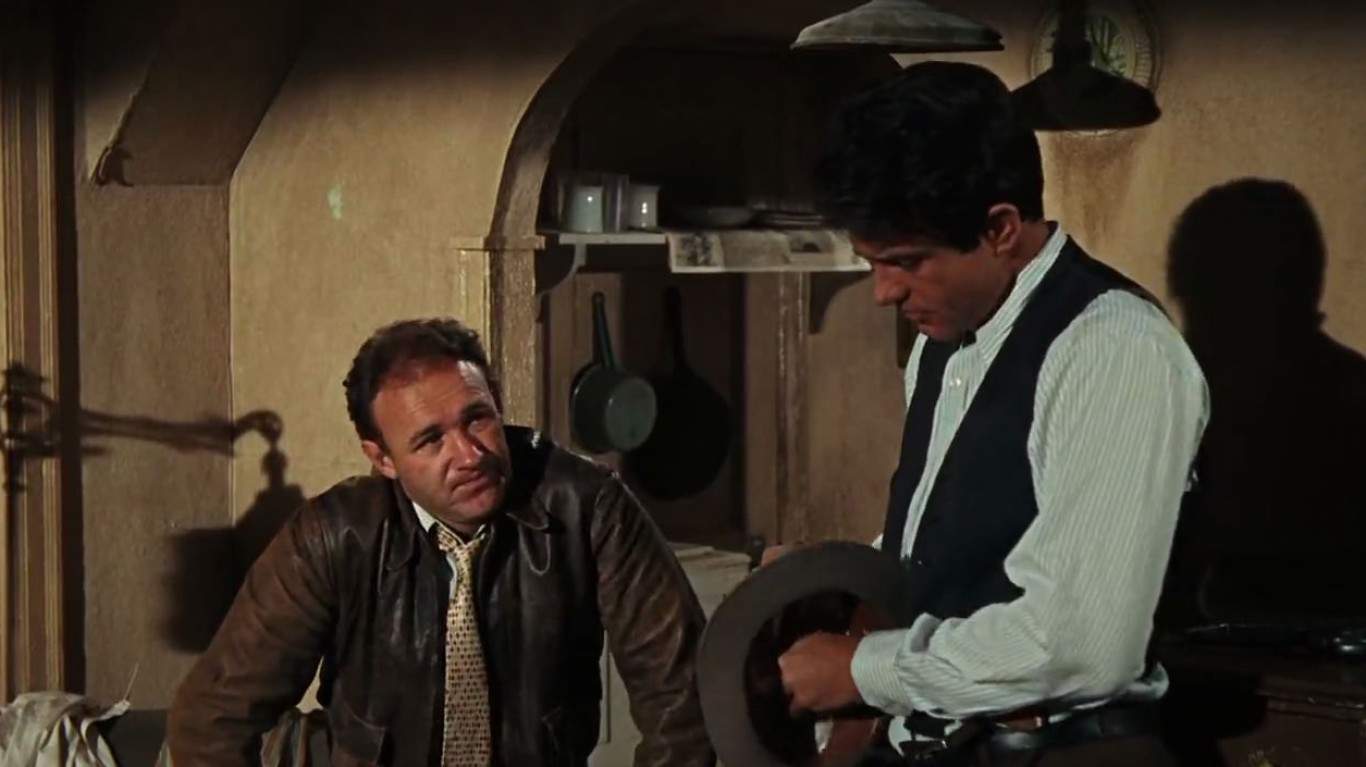
- Starring: Warren Beatty, Faye Dunaway, Michael J. Pollard
- Directed by: Arthur Penn
Bonnie is a bored waitress, and Clyde is a recently released ex-convict. Drawn together by an instant attraction, they start off on a life of crime, targeting banks, gas stations, and other establishments. However, their plan takes a deadly turn when they kill someone, leading Bonnie, Clyde, and their gang on a crime spree until they are eventually caught.
“Night of the Living Dead” (1968)
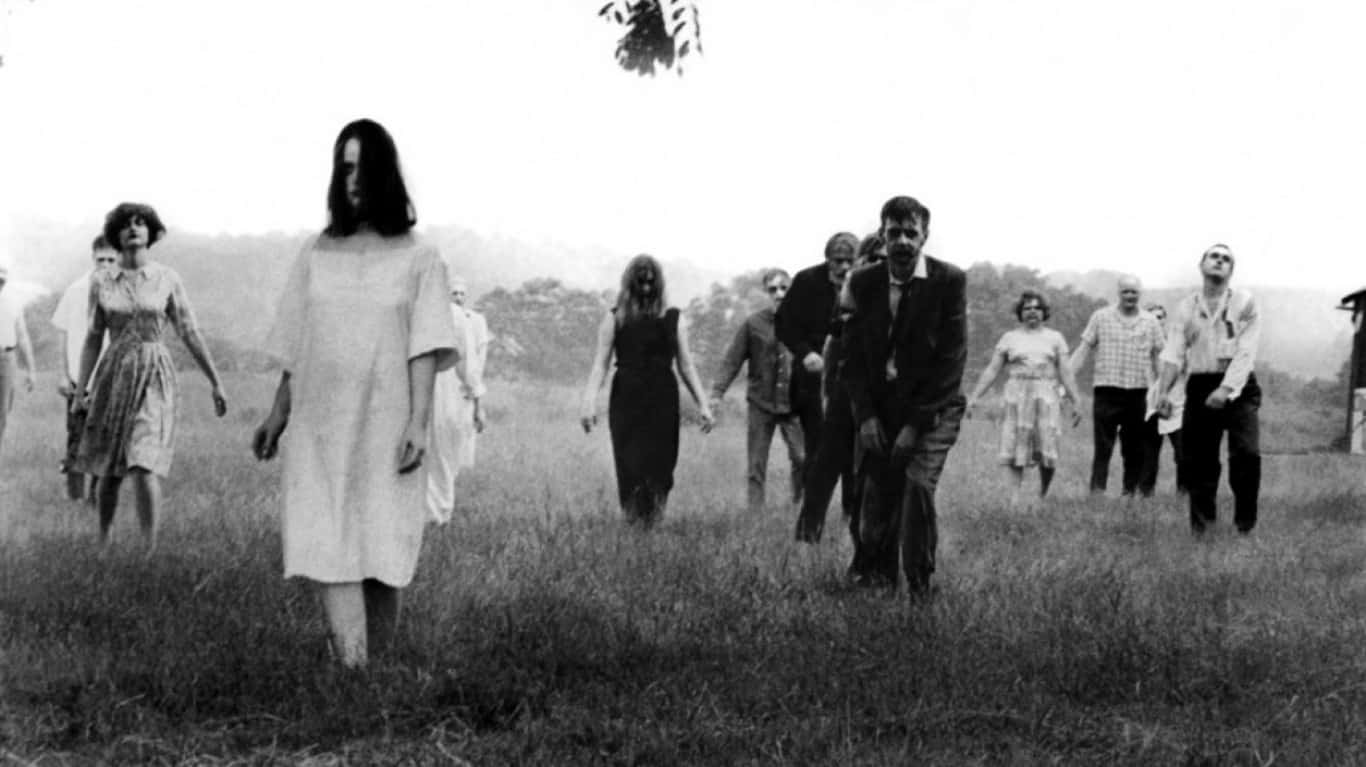
- Starring: Duane Jones, Judith O’Dea, Marilyn Eastman
- Directed by: George A. Romero
Before “The Walking Dead,” there was “Night of the Living Dead.” Judith O’Dea stars as Barbara, who, along with five others, finds herself taking refuge in an abandoned farmhouse after zombies start appearing. As they struggle to survive, the group faces internal conflicts about leadership and decision-making.
“The Man Who Shot Liberty Valance” (1962)
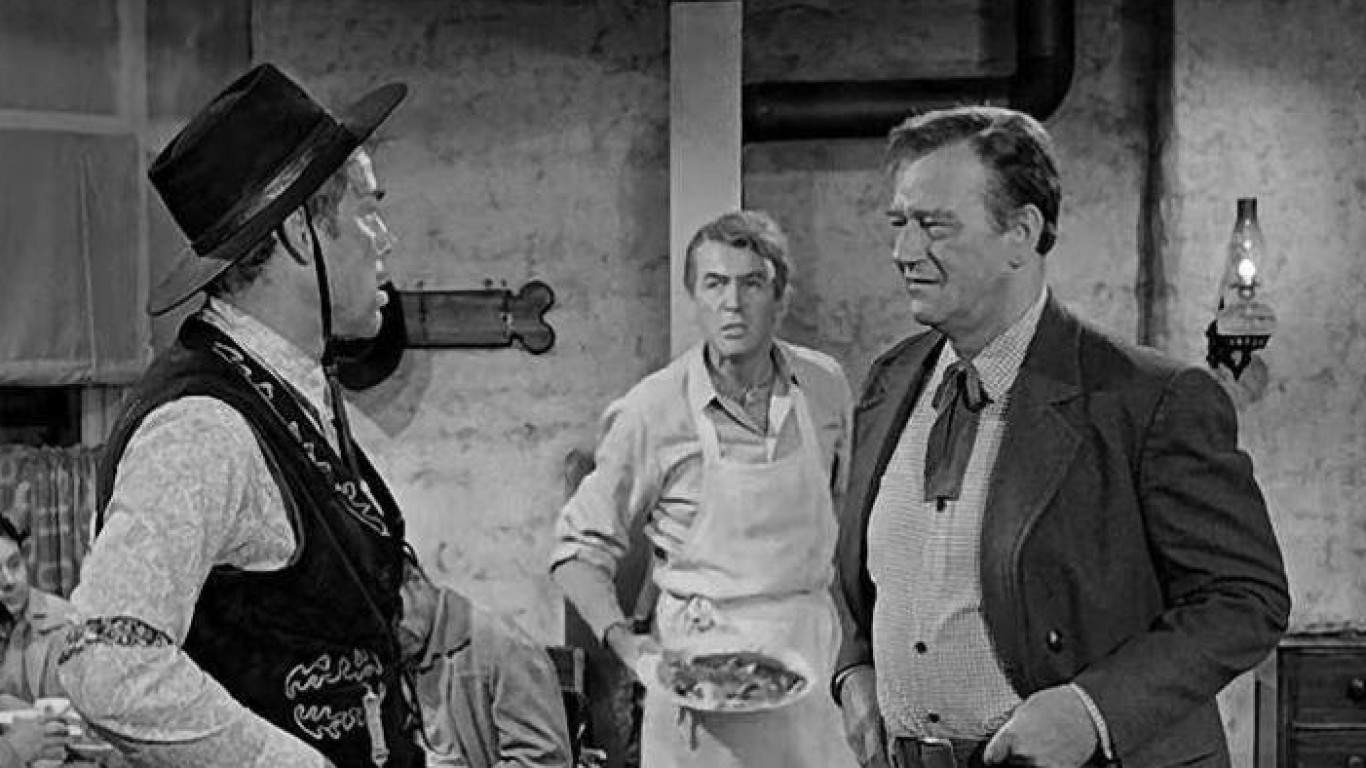
- Starring: James Stewart, John Wayne, Lee Marvin
- Directed by: John Ford
“The Man Who Shot Liberty Valance” is a black-and-white Western classic starring John Wayne as Tom Doniphon and James Stewart as Ransom Stoddard. After returning to town following Doniphon’s death, Stoddard reveals a story about Liberty Valance, a man who evaded justice until two men stood up to him. Will he answer the question, who actually shot Liberty Valance?
“The Umbrellas of Cherbourg” (1964)
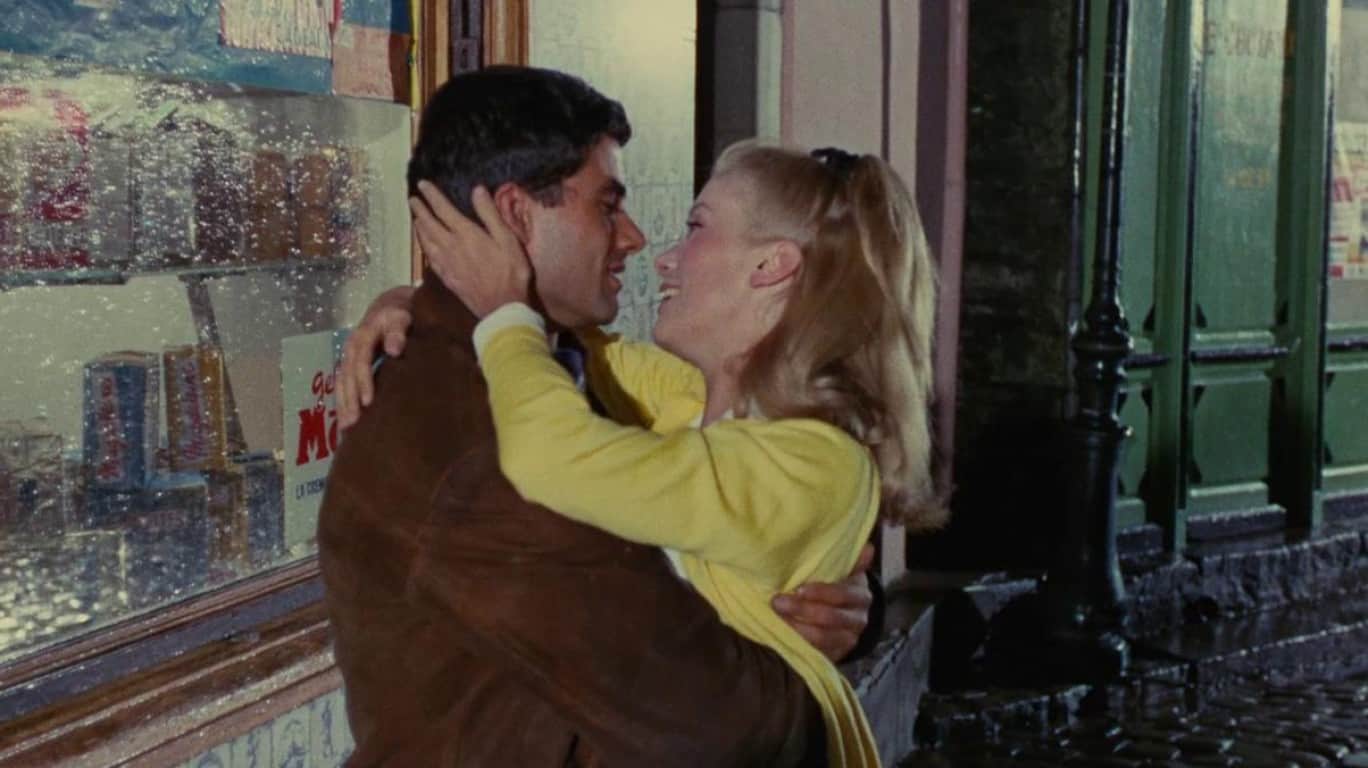
N/A
- Starring: Catherine Deneuve, Nino Castelvuovo, Anne Vernon
- Directed by: Jacques Demy
“The Umbrellas of Cherbourg” is a musical directed by Jacques Demy, starring Catherine Deneuve as Genevieve and Castelvuovo as Guy. Genevieve and Guy fall deeply in love, but their relationship is torn apart when Guy leaves for the army. Upon his return after being injured, Guy finds out that Genevieve has married someone else. The film explores themes of heartbreak, love, and perseverance.
“8 1/2” (1963)
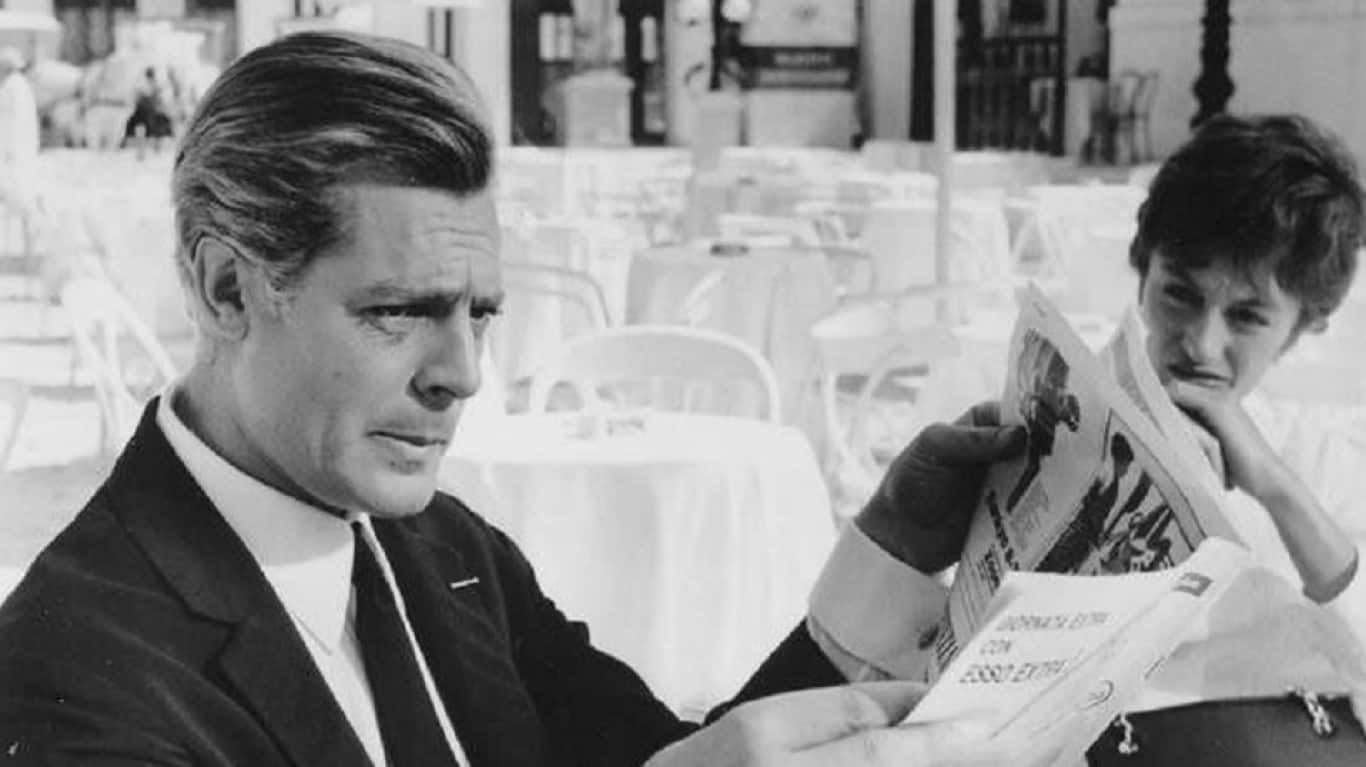
N/A
- Starring: Marcello Mastroianni, Anouk Aimee, Claudia Cardinale
- Directed by: Federico Fellini
Marcello Mastroianni stars as filmmaker Guido Anselmi, who is struggling with his latest project. To escape his creative struggles, Anselmi often withdraws into his mind, imagination, and past. “8 1/2” contains beautiful cinematography and fabulous costumes while maintaining a surreal atmosphere.
“Midnight Cowboy” (1969)

- Starring: Dustin Hoffman, John Voight, Sylvia Miles
- Directed by: John Schlesinger
John Voight portrays Joe Buck, a Texan who heads to New York City confident that his good looks and charm will translate to success. However, things don’t go as planned. Soon, Buck is living with Rizzo, played by Dustin Hoffman. The two men quickly become partners, hustling to survive in the city. Originally, rated “X” by the MPAA in 1966 for explicit content, the film’s rating has since been changed to “R.”
“The Magnificent Seven” (1960)
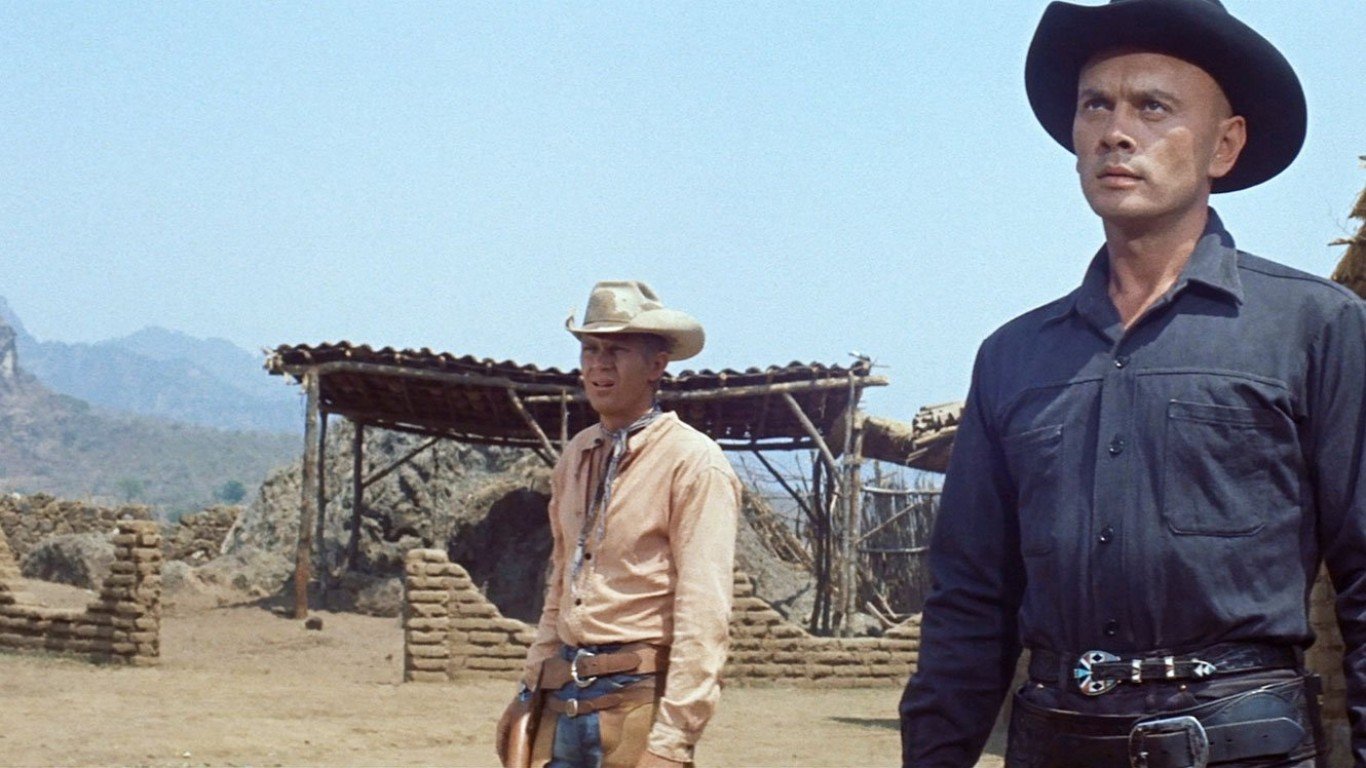
- Starring: Steve McQueen, Charles Bronson, Yul Brynner
- Directed by: John Sturges
“The Magnificent Seven” focuses on a small Mexican village plagued by annual raids from robbers. Determined to protect their community, the villagers search for gunmen to help. Seven men answer the call, each with their own motives, and together they defend the village from the thieves.
“The Time Machine” (1960)
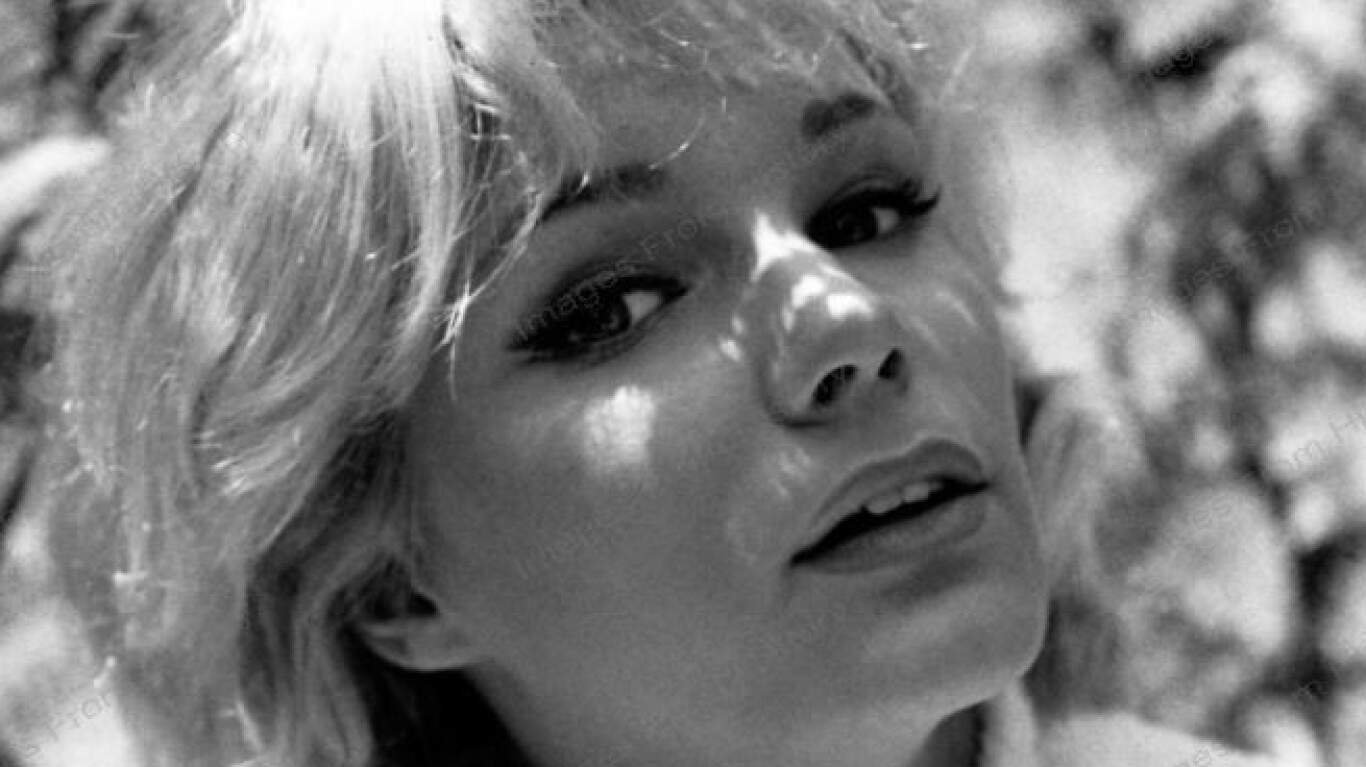
- Starring: Rod Taylor, Alan Young, Yvette Mimieux
- Directed by: George Pal
H.G. Wells, a scientist wanting to escape his war-torn world, builds a time machine and sets off on a journey through time. He stops in 1917, 1940, and 1966, only to find war and turmoil in each period. As he continues traveling, Wells finally stops in the year 802,701 and is shocked by what he discovers.
“Spartacus” (1960)
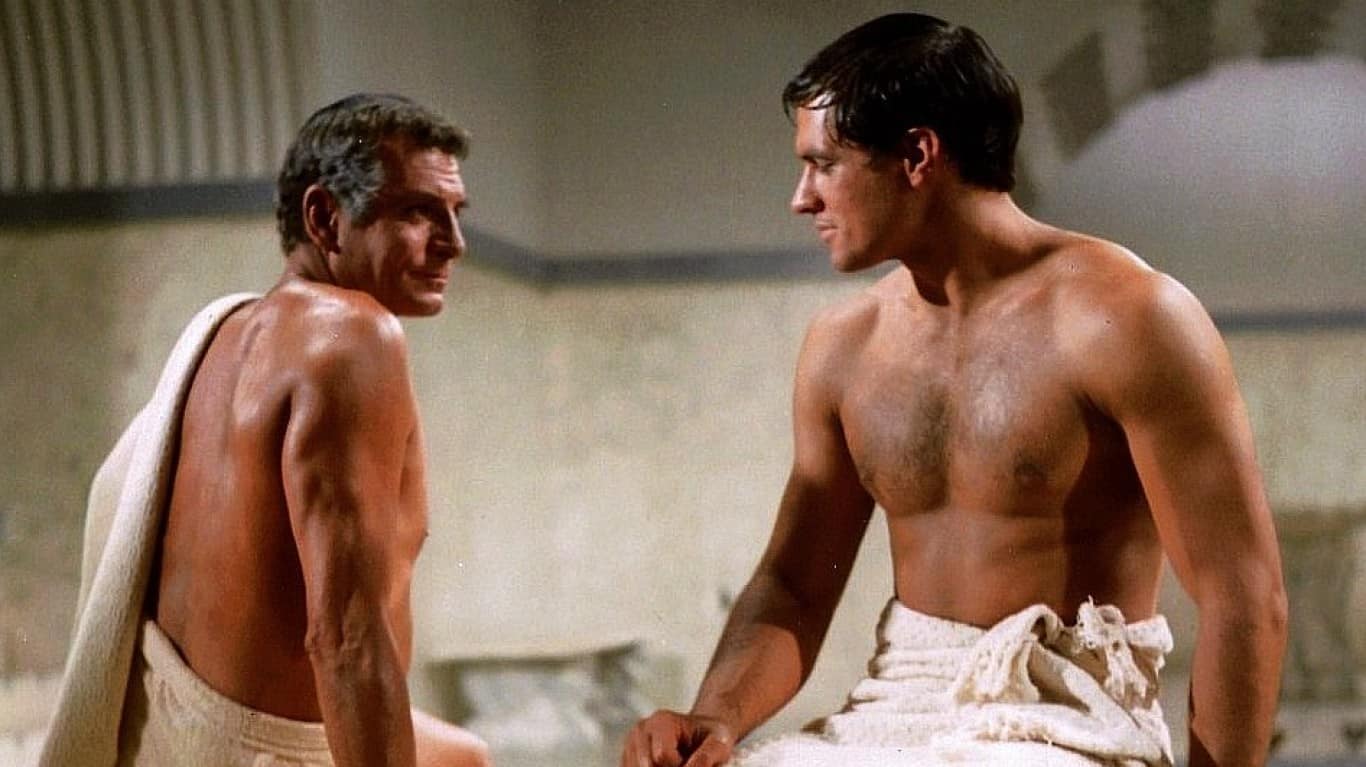
- Starring: Kirk Douglas, Laurence Olivier, Jean Simmons
- Directed by: Stanley Kubrick
“Spartacus” is set in 73 B.C. and follows the story of a Thracian slave sold to a Gladiator trainer named Batiatus. Determine to free himself, Spartacus starts a rebellion that quickly grows. The freedmen journey through Italy, fighting to maintain their freedom and return home.
“Pollyanna” (1960)
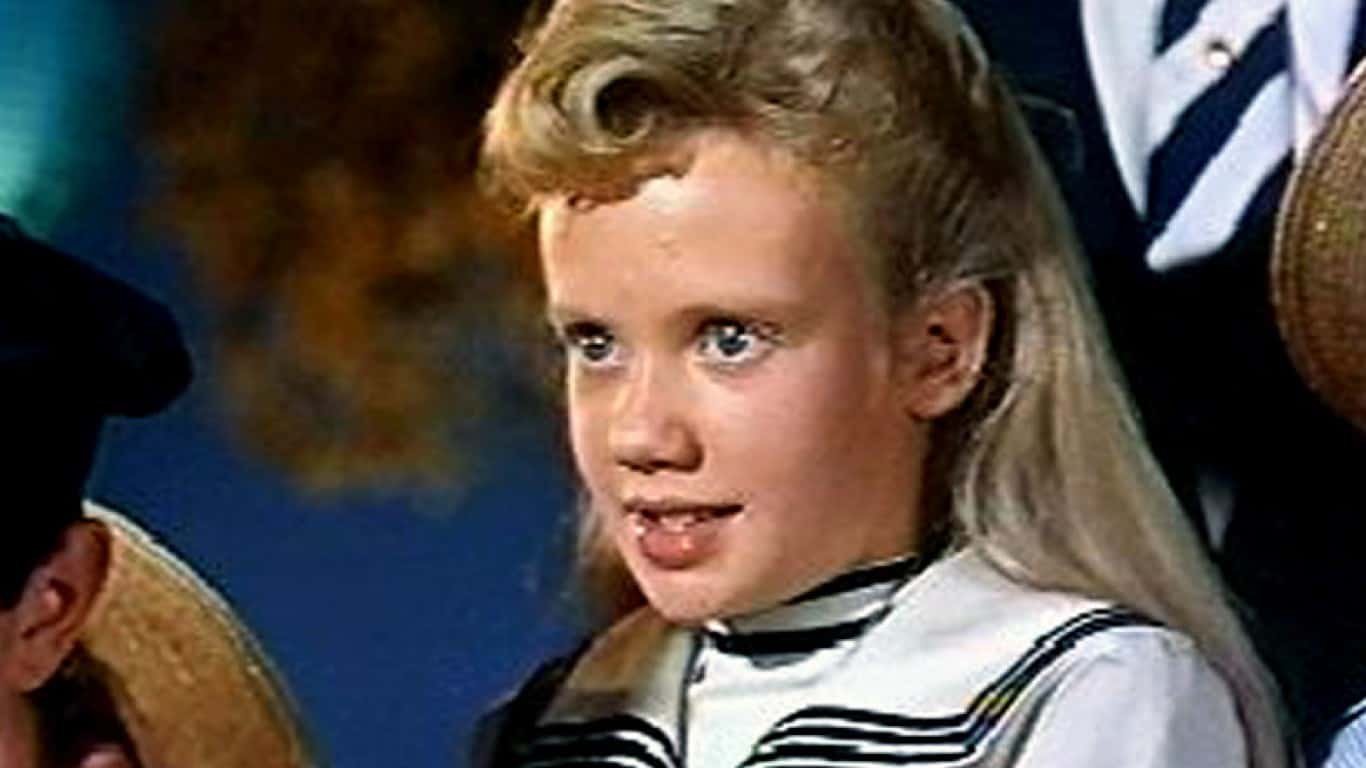
- Starring: Jane Wyman, Hayley Mills, Richard Egan
- Directed by: David Swift
Pollyanna is a young, optimistic child who always tries to see the bright side of life. After becoming an orphan, she moves in with her grouchy aunt, whose outlook on life couldn’t be more different. Despite the challenge, Pollyanna remains determined to spread happiness to the townspeople, and bring joy to everyone she meets.
“North to Alaska” (1960)
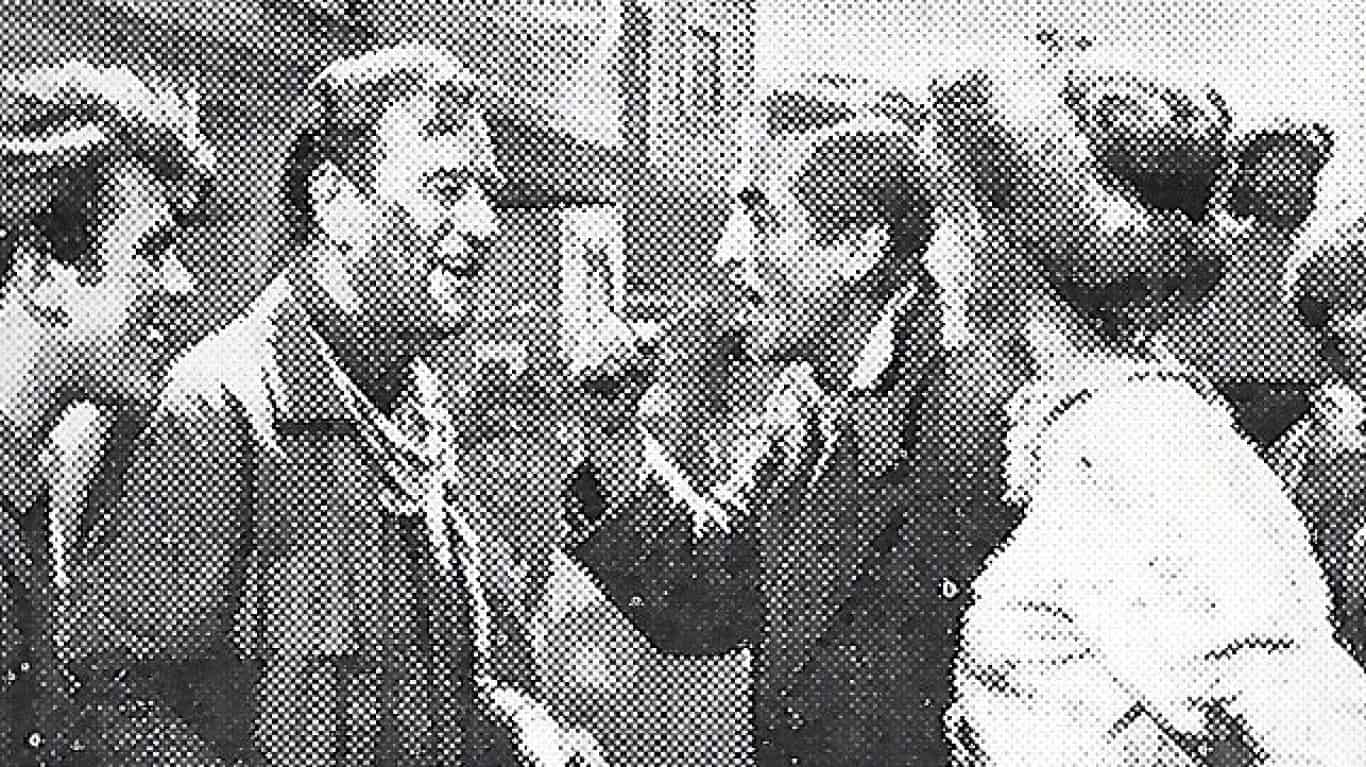
- Starring: John Wayne, Stewart Granger, Ernie Kovacs
- Directed by: Henry Hathaway
In “North to Alaska,” John Wayne stars as Sam McCord, alongside Stewart Granger as George Pratt. The story revolves around their quest to find and protect a gold claim in Alaska. McCord returns to Seattle to get Pratt’s fiancee but learns she has married someone else. Instead, he brings his friend back a prostitute.
